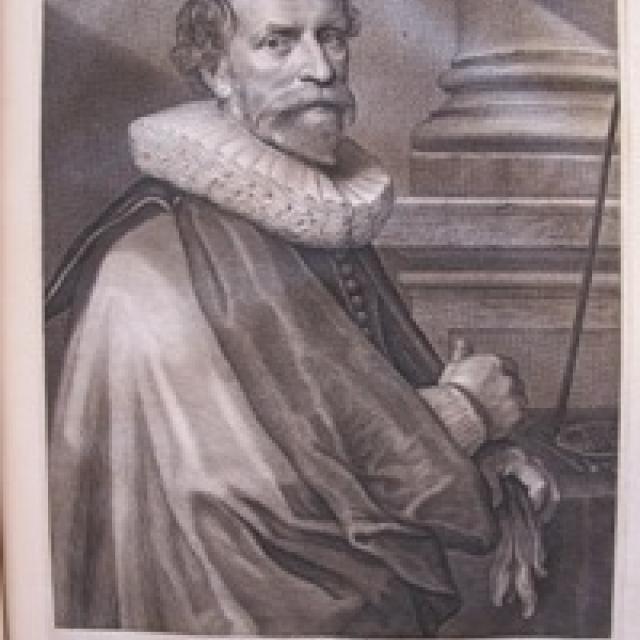
Michiel van Miereveld
Bibliography
1604
Mander, Karel van. Het Schilder-boeck. Haerlem, 1604: 301.
1618
Mander, Karel van. Het Schlder-boek. 2nd ed. Amsterdam, 1618: 301.
1753
Houbraken, Arnold. De Groote Schouburgh der Nederlantsche Konstschilders en Schilderessen. 3 vols. in 1. The Hague, 1753 (Reprint: Amsterdam, 1976): 1:46-49.
1894
Havard, Henry. Michiel van Mierevelt et son genre. Paris, 1894.
1908
Bredius, Abraham. "Michiel Jansz. van Mierevelt." Oud Holland 26 (1908): 1-17.
1925
Sandrart, Joachim von. Joachim von Sandrarts Academie der Bau-, Bild, -und Mahlerey-Künste von 1675. Leben der berühmten Maler, Bildhauer und Baumeister. Edited by Alfred R. Peltzer. Abridged ed. Munich, 1925: 171-172, 179 (portrait).
1982
Montias, John Michael. Artists and Artisans in Delft: A Socio-Economic Study of the Seventeenth Century. Princeton, 1982.
1986
De Jongh, E. Portretten van echt en trouw - Huwelijk en gezin in de Nederlandse kunst van de zeventiende eeuw. Exh. cat. Frans Halsmuseum, Haarlem. Zwolle, 1986: 131-133.
1991
MacLaren, Neil. The Dutch School, 1600-1900. Revised and expanded by Christopher Brown. 2 vols. National Gallery Catalogues. London, 1991: 1:261.
1995
Wheelock, Arthur K., Jr. Dutch Paintings of the Seventeenth Century. The Collections of the National Gallery of Art Systematic Catalogue. Washington, D.C., 1995: 168-169.
2011
Jansen, Anita, Rudolf E.O. Ekkart, and Johanneke Verhave. De Portretfabriek van Michiel van Mierevelt (1566-1641). Exh. cat. Museum Het Prinsenhof, Delft. Zwolle, 2011.
Overduin, Annekarijn. Meer Van Mierevelt: tentoonstellingsgids bij 'Portretfabriek Van Mierevelt. Ontdek de hand van de meester.' Exh. guide. Museum Het Prinsenhof, Delft, 2011.












